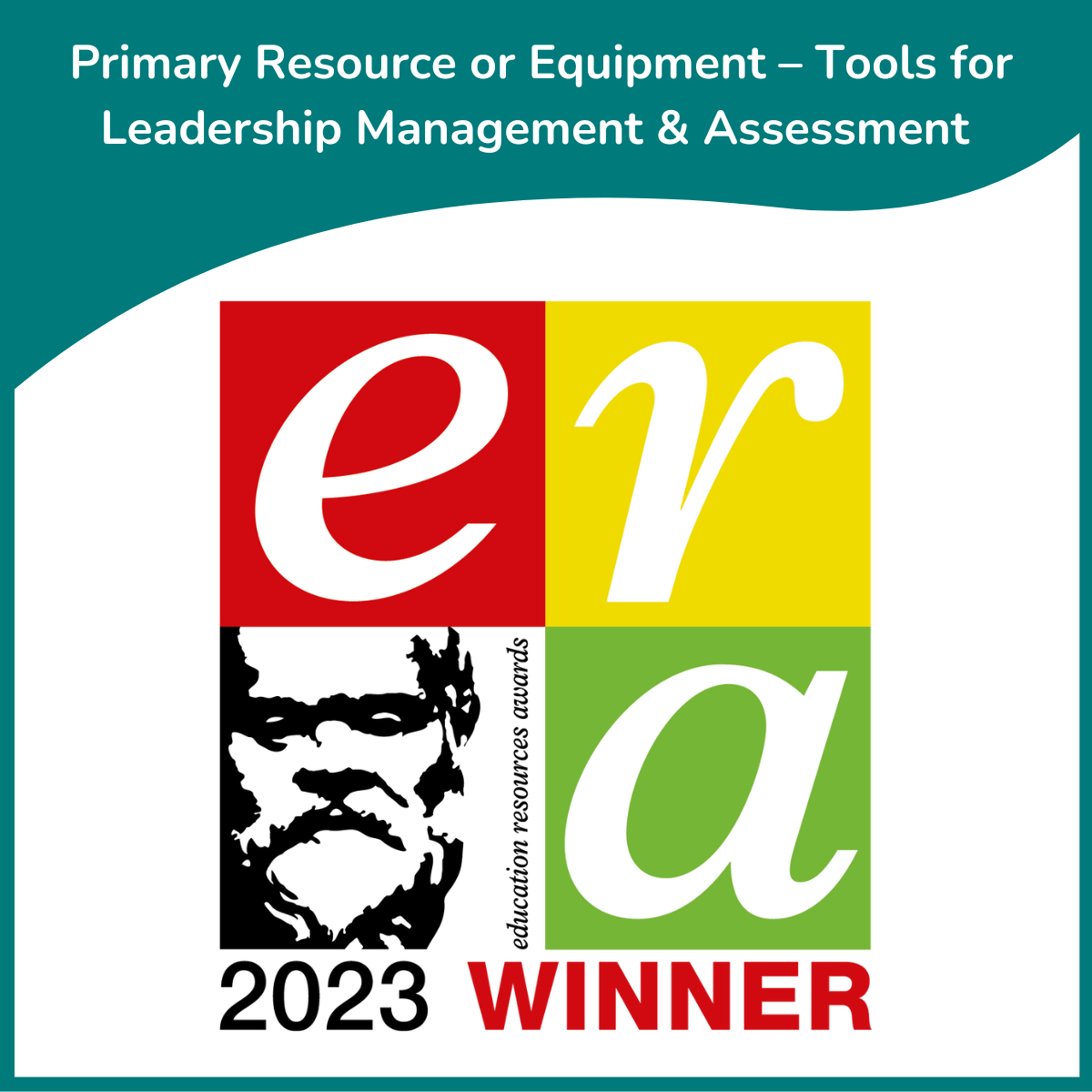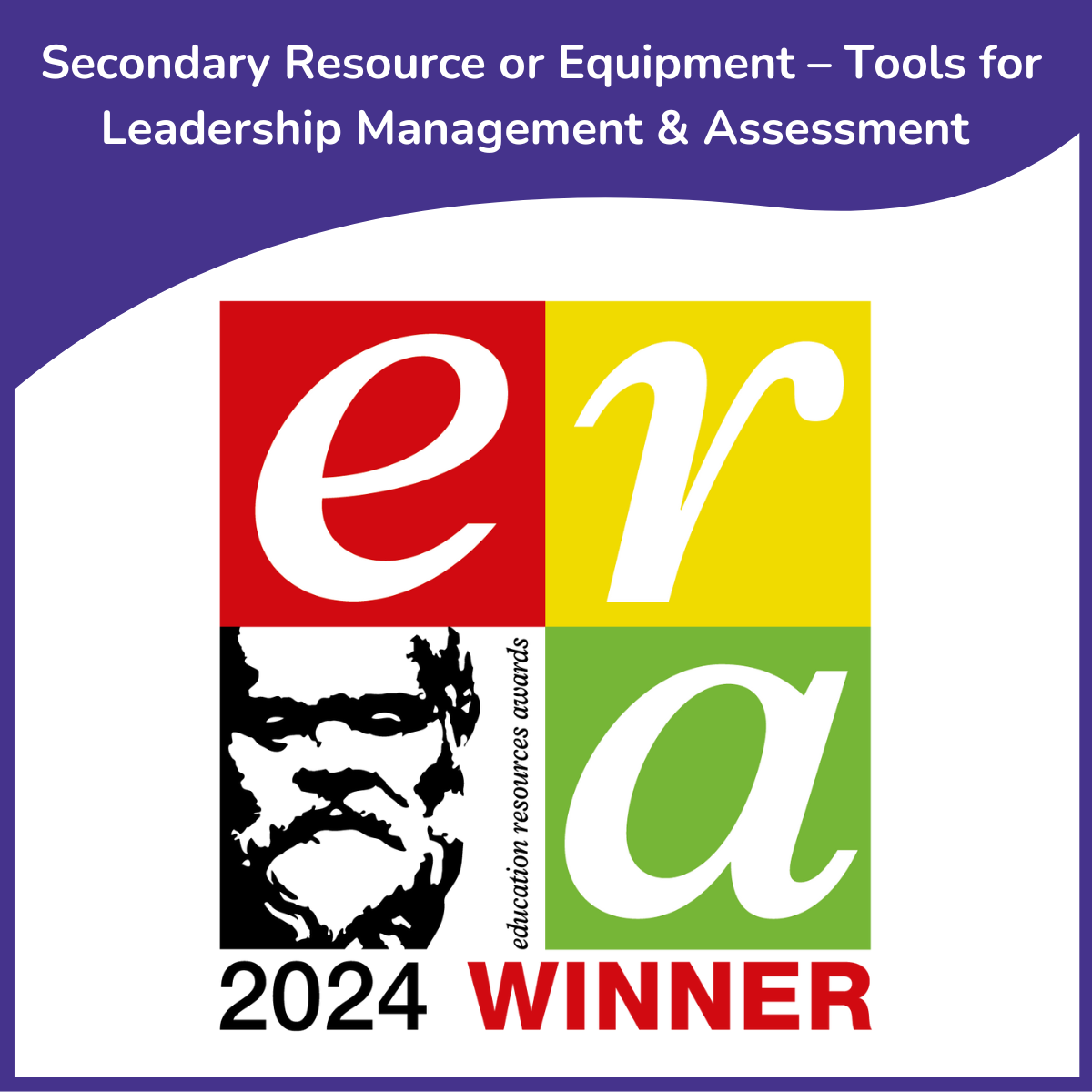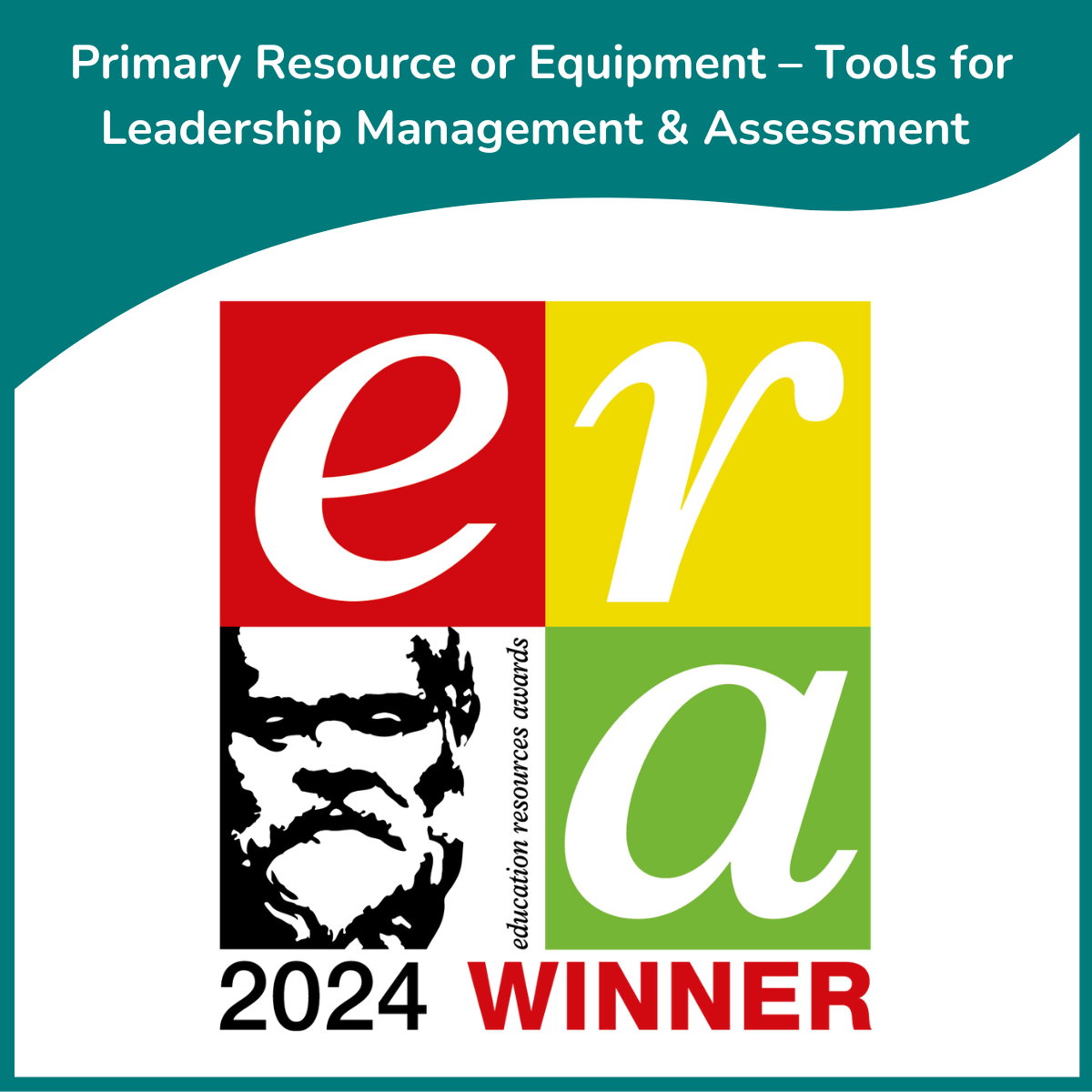At Welbee, we support schools and Trusts to measure and improve staff wellbeing, collect honest feedback and take actions that make the biggest impact.
This draft policy has been produced to support schools who want to use the management standards approach to risk assessing workplace stress and improving staff wellbeing. It also fits with the use of our Welbee staff wellbeing survey and reporting, though can be used by any school interested in an evidence based approach.
As this is a draft policy for any school, some information repeats. Depending on how you set up responsibilities within your school or Trust, you may not need all sections and should amend and delete as appropriate.

Staff Wellbeing Policy (Free Draft)
Introduction: The School as employer has a duty to ensure the health, safety and welfare of its staff, as far as reasonably practicable. It is also required to have in place steps to manage those factors that could harm staff members’ physical and mental wellbeing, which includes work related stress. This duty extends only to those factors which are work related and within the School’s control.
This policy accepts the Health and Safety Executive definition of work related stress as “the adverse reaction a person has to excessive pressure or other types of demand placed on them”. There is an important distinction between ‘reasonable pressures’ which stimulate and motivate and ‘stress’ where an individual feels they are unable to cope with excessive pressures or demands placed upon them.
The Health and Safety Executive have developed a set of Management Standards which cover the primary sources of stress at work, and that if not properly managed, are associated with poor health and wellbeing, lower productivity and increased sickness absence. These are:
- Demands. Workload, work patterns and anything within the work environment that adds to the demands that staff face, including deadlines, student behaviour and parents.
- Control. How much say a staff member has in what they do and how they are able to do their work.
- Support. Including the sponsorship and resources provided by the school, and encouragement of leaders, line managers and colleagues.
- Relationships. Including how positive working behaviours are promoted to avoid conflict and effectively dealing with unacceptable behaviour.
- Role. Including the extent to which staff understand their role within the school, how this fits with that of their department or function and the aims of the school and whether leaders ensure they do not have conflicting roles.
- Change. Includes how well organisational change (large or small) is managed and communicated within the school.
The School’s performance on wellbeing and stress management will be assessed in the context of the HSE Management Standards.
2. Statement of Intent
The Governing Body and school’s senior managers acknowledge the potential impact that work has on an individual’s physical and mental health, and that there is a persuasive business case, as well as a moral and legal duty for taking steps to promote staff wellbeing as far as reasonably practicable.
We are committed to fostering a culture of co-operation, trust and mutual respect, where all individuals are treated with fairness and dignity, and can work at their optimum level.
We also recognise that work related stress has a negative impact on staff wellbeing, and that it can take many forms and so needs to be carefully analysed and addressed at an organisational level.
This Staff Wellbeing Policy expands upon the School’s Health and Safety policy, setting out how the School will promote the wellbeing of staff by:
- Creating a working environment where potential work related stressors are understood and mitigated as far as practically possible through good management practices, effective Human Resources policies and staff development.
- Increasing managers’ and staff members’ awareness of the causes and effects of stress.
- Developing a culture that is open and supportive of people experiencing stress or other forms of mental ill-health.
- Developing the competence of managers through introducing them to the competencies proven to prevent and reduce staff stress.
- Engaging with staff to create constructive and effective working partnerships, both within teams and across the school.
- Establishing working arrangements whereby staff feel they are able to maintain an appropriate work life balance.
- Encouraging staff to take responsibility for their own health and wellbeing through effective health promotion programmes and initiatives.
- Encouraging staff to take responsibility for their own work effectiveness as a means of reducing their own stress and that of their colleagues.
3. Responsibilities for implementing the Staff Wellbeing Policy
3.1 The Headteacher and the school’s senior managers will:
- Support steps taken to develop a culture of co-operation, trust and mutual respect within the School.
- Champion good management behaviours as set out in the competencies proven to prevent and reduce staff stress. and the establishment of a work ethos within the School. This should discourage assumptions about long term commitment to working hours of a kind likely to cause stress and which enables staff to maintain a reasonable “work life balance”.
- Promote effective communication and ensure that there are procedures in place for consulting and supporting staff on any changes in the School, to management structures and working arrangements at both a school wide and departmental / year group level.
3.2 Managers and supervisors will:
- Treat individuals reporting to them with consideration and will promote a culture of mutual respect in the teams they manage. They will quickly and effectively deal with unacceptable behaviour and will take decisive action when issues are brought to their attention.
- Ensure that there is good communication within their team and there are opportunities for individuals to raise concerns about their work, seeking advice from (insert for your school, for example, Human Resources, Wellbeing Committee or Health and Safety Team) at an early stage where concerns are raised.
- Adhere to the management principles set out in school policies and procedures, and the competencies proven to prevent or reduce staff stress.
- Ensure workload is distributed equitably and fairly among their team and that when work is delegated, team members have the necessary knowledge and skills to deliver it.
- Regularly check in with team members, thank and encourage them and offer praise when it is due.
- Take action in the interests of all team members, other colleagues and students to manage the underperformance of any individual staff member.
- Attend training as appropriate in order to increase their awareness of the causes and effects of work related stress.
- Co-operate with (insert relevant people / school teams) to ensure that risk assessments are undertaken for roles or working practices that may give rise to work related stress and poor wellbeing.
- Encourage their staff to participate in activities undertaken by the School to promote wellbeing and more effective working.
3.3 Staff will:
- Treat colleagues and others they interact with during the course of their work with fairness, consideration and respect.
- Co-operate with the school’s efforts to implement the Staff Wellbeing Policy, attending briefings and raising their own awareness of the causes and effects of stress and poor wellbeing.
- Raise concerns with their line manager if they feel there are work issues that are causing them stress and having a negative impact on their wellbeing.
- Be liable for their own health and wellbeing as far as is practically possible.
- Take ownership of setting out their own development plan and discussing this as appropriate with their line manager, as one of the means to enable them to work effectively in their team and reduce the risk of stress.
- Take responsibility for working effectively in their assigned roles, supporting others as appropriate and helping to avoid causing stress to their colleagues.
3.4 Human Resources (or insert appropriate school support function):
- Provide advice to managers and staff members on best practice in relation to human resource management, developing policies and procedures as required.
- Ensure that there are arrangements in place for communicating the content of the school’s human resource management policies, procedures and toolkits to managers and staff.
- Develop arrangements to enable managers and staff to achieve the necessary competencies needed in relation to managing work-related stress and improving wellbeing.
- Ensure there are arrangements in place to support individuals experiencing stress, for example referring them to the School’s Occupational Health Advisers where appropriate.
- Ensure there are arrangements in place to support managers experiencing problems with employee performance, including managing capability.
- Collate management information which will enable the school to measure its performance in relation to stress management and employee wellbeing, such as (insert or delete as relevant for your school):
- Sickness absence data
- Staff turnover and exit interviews
- Cover periods provided
- Number of self-referrals to a counsellor / staff assistance scheme
- Number of referrals to the Occupational Health Adviser
- Numbers of grievance and harassment cases.
- Seek the views of staff on the effectiveness of the School’s Staff Wellbeing Policy and stress management arrangements using evidence-backed staff surveys and other appropriate tools.
4. Staff / Health and Safety / Wellbeing Committee / other (as appropriate) will:
- Determine the Staff Wellbeing Policy and recommend its adoption.
- Monitor the implementation of the Staff Wellbeing Policy and the operation of associated arrangements such as the staff counselling service.
- Ensure that the Staff Wellbeing Policy is kept under review and updated as appropriate.
- Develop a school-level risk assessment based on the Health and Safety Executive’s “Management Standards for Work-Related Stress”.
- Co-ordinate and deliver appropriate training and briefings to increase awareness of the causes and effects of work-related stress among managers and other staff.
- Assist and support managers to undertake local stress risk assessment where required.
- Organise appropriate activities to promote health and wellbeing.
- Consult with staff voice / union representatives on the development and implementation of the Staff Wellbeing Policy.
- Act as the main focus group for consulting on the effectiveness of the Staff Wellbeing Policy and the measures taken to implement it, including organising staff questionnaires in relation to wellbeing and work related stress and validating findings of school-level risk assessments.
- Review the policy every two years following feedback from staff surveys, reviewing management information and the findings of stress risk assessments, and in consultation with the senior management team.
5. Arrangements for implementing the Staff Wellbeing Policy
5.1 Risk Assessment
- At whole school level a risk assessment will be developed to establish whether the School’s policies and procedures are sufficient to enable compliance with the HSE’s “Management Standards” in relation to the management of work related stress. Where gaps in arrangements are identified, the relevant (insert people / groups / committees) and Senior Management Team will consult so that the necessary action can be taken to address any gaps identified in the school’s policies and procedures.
- Where problems arise at a department or local level, a risk assessment will be undertaken by the relevant manager.
- When risk assessments are undertaken at a departmental level, the staff working in the area which is subject to the risk assessment will be consulted. Any safety representative appointed by recognised Trade Unions under the provisions of the Safety Representatives and Safety Committee Regulations 1977, representing staff working in the area covered by the risk assessment will also be consulted.
5.2 Arrangements for wellbeing and stress prevention through good management practices will include:
- Having clear job descriptions and person specifications to ensure staff members are clear on what is expected in their role and the right person is recruited where vacancies exist.
- Ensuring training and development procedures are in place so individuals have the necessary skills and competencies to undertake the tasks and duties required of them.
- Ensuring managers are aware of those behaviours proven to prevent and reduce staff stress and providing opportunities for them to self-assess against them and undertake training where appropriate.
- Having effective processes and procedures for:
- Promoting staff appropriately
- Reward and recognition
- Managing performance and capability
- Absence management and return to work to ensure that individuals are supported following illness.
- Harassment and anti-bullying.
- Communicating with staff on the work of the School and issues affecting their work.
- Seeking staff feedback, including use of anonymous staff surveys.
- Flexible working arrangements and keep in touch days with staff on maternity leave.
Suitable adaptations should be made for disability and accessibility.
These arrangements will be updated and augmented as required and when deemed necessary by the findings of stress risk assessments.
6. Consultation and Communication
- The School will consult with staff on the Staff Wellbeing Policy and measures taken to implement the policy through the operation of the (insert relevant committees, e.g. H & S, Wellbeing, Staff Council).
- Staff surveys and other tools will be used to gather feedback on staff wellbeing.
- The views of individuals will be sought in areas or teams subject to local stress risk assessments.
- In those areas where Safety Representatives have been appointed by recognised Trade Unions under the provisions of Safety Representatives and Safety Committees Regulations 1977, these Safety representatives will also be consulted on the development of local stress risk assessments.
- The Staff Wellbeing Policy and measures taken by the School to manage work-related stress will be communicated and promoted in school.
- The Staff Wellbeing Policy will be published (insert where on the school website, internal pages and/or in school).
- Leaflets (or a summary document) will be produced for staff who do not have easy access to a computer. The contents of the policy will be covered during general induction training sessions for staff and through specific training on stress awareness.
7. Monitoring and reviewing the Wellbeing Policy
The Staff Wellbeing Policy will be reviewed every two years by (insert as appropriate – Health and Safety Committee, Wellbeing Committee / Staff Council / Senior Management Team / Governing and appropriate named individuals with the seniority and experience required). This will take into account all relevant collected data and risk assessments as outlined in this policy.
Adopted (insert date)
Review (insert date)


















